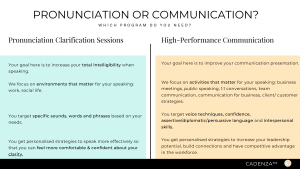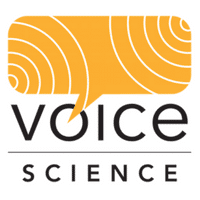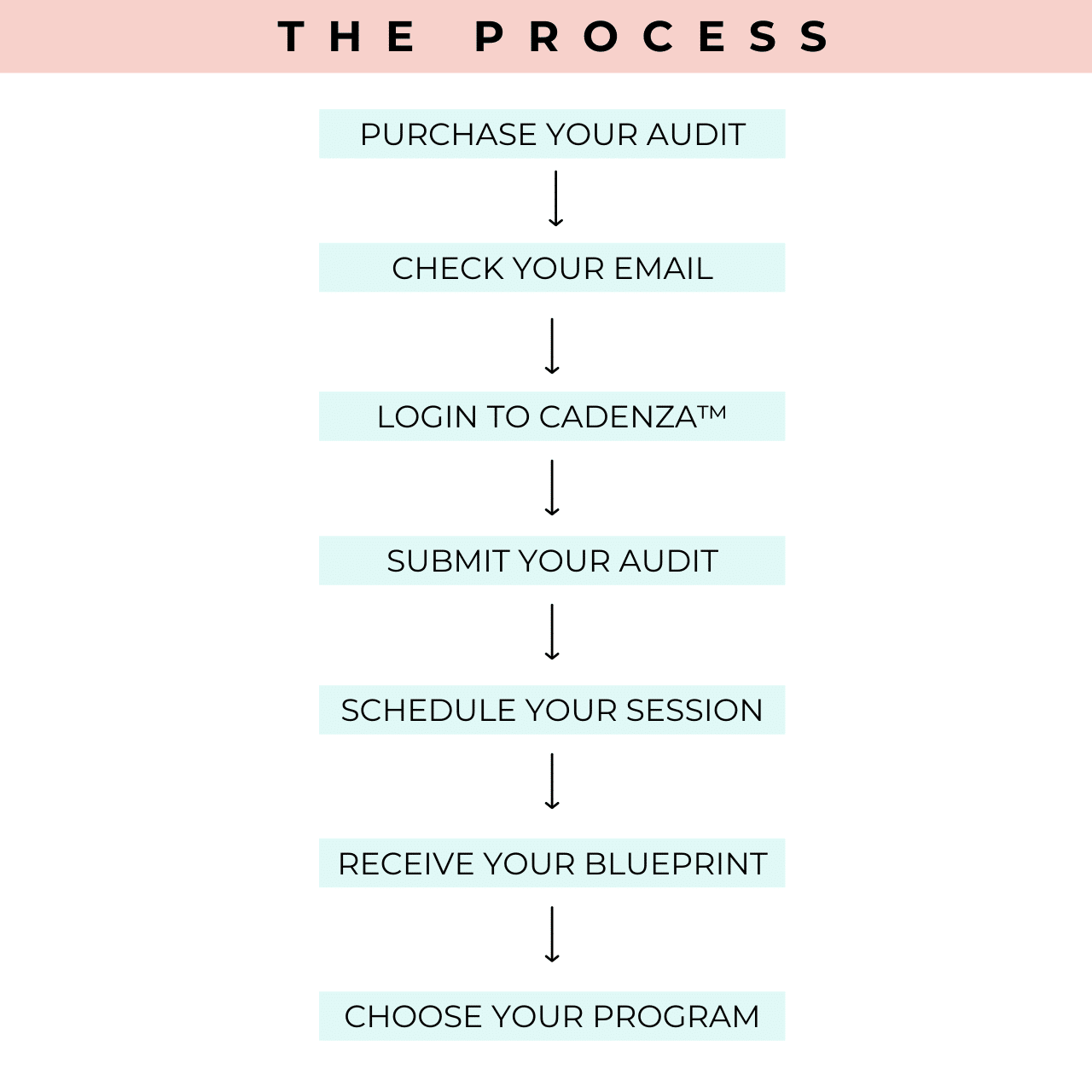Skyrocket your English speaking using Neuroplasticity Principles
Video Tutorial See our accent servicesNeuroplasticity Principles And Pronunciation
Maybe you’re wanting to move your English pronunciation as close to a native speaker or perhaps you’re looking for some motivation to practice pronunciation goals that you’ve already worked on with our team. Whatever it is, this vlog is going to give you a solid foundation in the 10 Principles of Neuroplasticity and why they matter so much for your English pronunciation goals.
Real English speaking progress is about harnessing the power of neuroplasticity.
Neuroplasticity is the “mechanism by which your brain encodes experience and learns new behaviours (Kleim & Jones, 2008)”
Sounds a bit like second language acquisition, doesn’t it?
Don’t you think that learning a new language is also a “mechanism by which your brain encodes experience and learns new behaviours?” Totally!!
And, if you know the principles that set up neuroplasticity, you can drive your speaking goals to the max and short circuit success much quicker.
Neuroplasticity & Your Accent
Put a Face to Voice ScienceBoth video & transcript will be published at 8pm AEST on the 30th of August, so if you get to this page earlier than then, don’t forget to turn on the YouTube Premiere reminder button.
What next?
I hope this vlog helps you see the depth needed to improve your English speaking and pronunciation.
And, if you were thinking your speaking was going to improve by copying native speakers on Youtube, now you know that’s a waste of time!
There is a science to pronunciation clarification and that’s why its always best working 1-1 with a speech pathologist so that a science-based method is used because your time is precious given that there are no short cuts to speaking success, it pays to learn with these principles of neuroplasticity top of mind.
And at Voice Science, we’ll always remind you of them!
As I always say, communication is like string theory, it’s the foundation of everything, so if you’re not sure which direction your communication needs to head in to improve, it’s really worthwhile getting a proper science-based assessment by our team to really understand your needs and to identify powerful and relevant goals.
Thank you so much for watching!
Make sure you subscribe, give this video a thumbs up (that’s your way of smiling at me) and be sure to keep up to date with daily communication tips over on our Instagram and Facebook pages.
Take care of yourself, be kind to yourself and don’t forget to freely express yourself.
See you soon at Voice Science!
Ciao for now,
XO
Your Personalised Pronunciation Audit from Cadenza™
Find Out Exactly How to Progress Your English Speaking Strategically
There’s no second guessing if you have a Personalised Pronunciation Audit because we will diagnose and prescribe exactly what your English speaking needs at the moment to move forward.
Your Personalised Pronunciation Audit leads you by the hand.
We will identify which one of the 5 Bottlenecks to Pronunciation Clarity you need to overcome now.
It’s simple, clear and clean. It’s fun & engaging.
You can do it right here & right now.
Further reading
What predicts Amazing English Pronunciation Success
When adults learn the sounds of a new language, we see a massive difference in ability.
Everyone shows a different degree of English pronunciation success.
Why is it that some adults do a bit better than others?

2 Ways to Improve Your English Communication
Struggling to decide whether you should focus on your pronunciation or your overall communication? This tutorial is for you!
Going online to Improve your Pronunciation
Curious about whether online Pronunciation training actually works? Check this post!
How to Practice English Speaking at Home
We’re all at home and now is the time make lots of progress. This tutorial will show you how.
Create Insanely Powerful Communication Goals
This one is for you if your goals lack direction and focus. Make sure you pick up the exact same smart goal planner that our team uses at Voice Science™. You’ll love it!
REFERENCES
Keely, T. (2016) Is a native-like accent in a foreign language achievable? Examining neurological, sociological, psychological and attitudinal factors. Keiegaku Ronshu Business Review 24 (4) 59-62
Kleim, J. & Jones, T. (2008). Principles of experience-dependent neural plasticity: implications for rehabilitation after brain damage. J Speech Lang Hear Res 51:S225-S239. Journal of speech, language, and hearing research: JSLHR. 51. S225-39. 10.1044/1092-4388(2008/018). Read
Maas, E. & Robin, D. & Hula, S. & Freedman, S.& Ballard, K. & Schmidt, R. (2008). Principles of Motor Learning in Treatment of Motor Speech Disorders. American journal of speech-language pathology / American Speech-Language-Hearing Association. 17. 277-98. 10.1044/1058-0360(2008/025). Read
Li, P. & Legault, J., Litcofsky, K. (2014). Neuroplasticity as a Function of Second Language Learning: Anatomical Changes in the Human Brain. Cortex. 58. 10.1016/j.cortex.2014.05.001. Read
Liu Tu, J., Jubin A., Bo J., Ximin P., Meng L., Wei G., Yuchen Y.g, Bishan L., Zhi L., Ruiwang H. (2015)
Language exposure induced neuroplasticity in the bilingual brain: A follow-up fMRI study. Cortex, Volume 64, https://doi.org/10.1016/j.cortex.2014.09.019.
Zhang, Y. & Cheng, B. (2011). Brain plasticity and phonetic training for English as a second language learners. English as a Second Language (pp.1-50).








